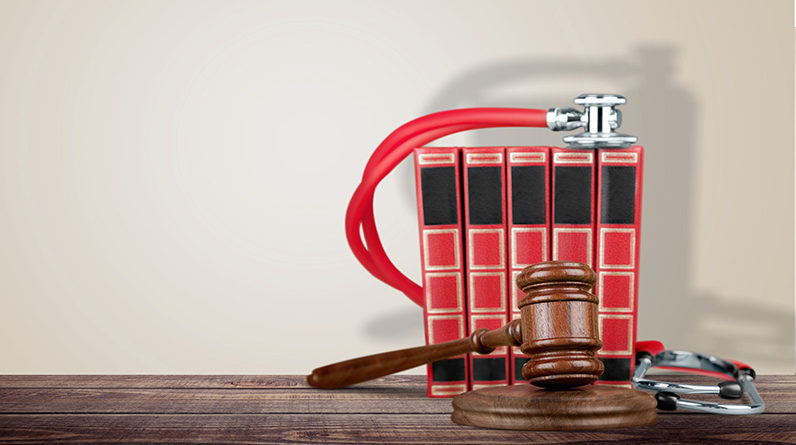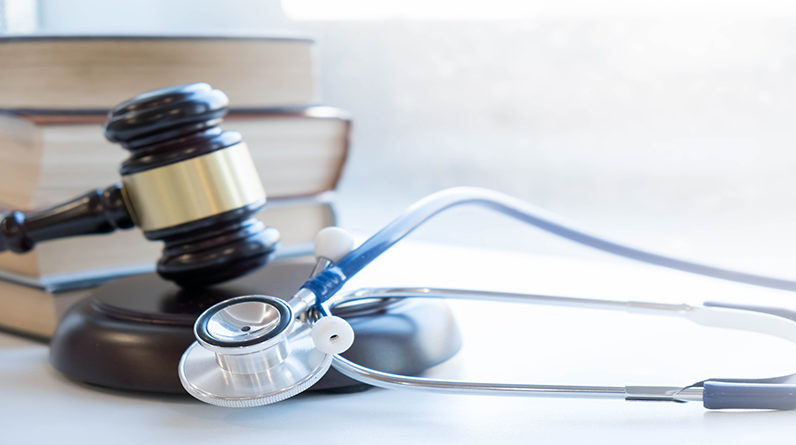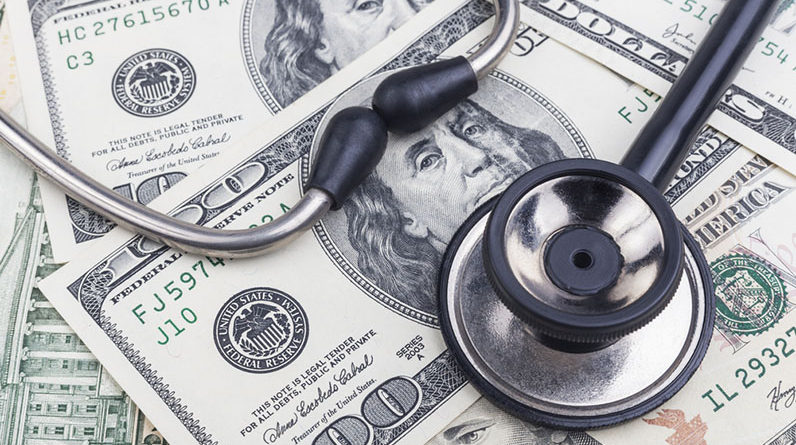Marianna Levin, Tetyana Golyak, Elena Lokshin, Svitlana Rohulya, Marina Zak, Alina Kuptsova, Maliha Ijaz, Makhinbonu Narzullaeva, Natalya Shvarts, and Inna Gekelman were charged with conspiracy to commit mail, wire, and healthcare fraud; substantive counts of mail fraud, wire fraud, and healthcare fraud; and conspiracy to violate the Anti-Kickback Statute, in connection with a scheme to fraudulently bill Medicaid for home-health and personal-care services that were not actually rendered. At all times relevant to the Indictment, the defendants worked at or were otherwise associated with one of two affiliated licensed homecare service agencies based in Brooklyn, New York (“Agency-1”, “Agency-2”, collectively referred to as the “Agencies”), that provide home-health and personal-care services to patients residing in all five boroughs of New York City and Nassau County. Combined, the Agencies employed approximately 3,000 home-health and personal-care aides (the “Aides”).
A significant portion of the Agencies’ billings were fraudulent. In particular, the Agencies billed Medicaid for “no-show” cases in which Aides claimed to be performing home-health or personal-care services when they were not. At times when Aides falsely claimed to be performing home-health or personal-care services, they in fact, stayed home, ran personal errands, vacationed, and socialized with family and friends. For example, on or about September 9, 2017, Tetyana Golyak was at a vineyard and winery in New Jersey at a time she claimed to be performing personal-care services for a patient residing in Brooklyn, New York; in or about January 2019, Natalya Shvarts was on a Caribbean cruise at a time she claimed to be performing personal-care services for a patient residing in Brooklyn, New York; and, on or about March 1, 2019, Maliha Ijaz was at a Brooklyn restaurant at a time Ijaz claimed to be performing personal-care services. With no-show cases at the Agencies, an Aide’s fraudulently-obtained wages were often split between the no-show Aide and the no-show patient. In addition to paying kickbacks to no-show patients, no-show Aides sometimes paid kickbacks to conspirators who referred no-show cases to Aides at the Agencies.







